To celebrate America’s can-do spirit and almost nonsensical love-affair with big pickup trucks, I present you with a tale of a sturdy old pickup and a logistics crisis that unlocked a boatload of opportunity.
As you may have gathered from The Parable of the Shuffle-Plow, I don’t exactly live in the beating heart of metropolitan civilization anymore. In addition to writing novels and obsessing over game theory, history, and mythology, I also build things.
Life was not always thus. The decisive factor in my rural self-exile came during my time in the Silicon Valley Venture Capital bubble, when I was attached to a startup that had great tech but a business plan that was a very poor fit for the finance climate in which we were operating. One of the near-billionaire angel investors we pitched pulled me aside after a particularly good session and told me:
“One of your problems is that your business is a real business rather than a ‘growth business.’”
A ‘growth business,’ in this context, is something that uses a lot of capital to loss-lead its way towards making users dependent upon its services, then starts to extract value from those users. Think Twitter, Facebook, DropBox, Google, and all the other places that lure users in with free things and then start to put the squeeze on through advertising, fees, or other things. These are ‘growth businesses,’ and they work for investors because they’re aiming to monopolize a niche that is dependent upon network effects and is thus easy to monopolize. Peter Thiel’s book Zero to One laid the whole schema out pretty well.
The investor then told me:
“When you’re building a real business, your wealth isn’t measured by the potential of what you can build, it’s measured by the distance between your income and your expenses. Your wealth creation is measured by how you take whatever is in that gap, and use it to increase that gap the next time around.”
My business partners weren’t interested in that advice—those were heady days when people with no product were getting hundreds of millions of dollars on the strength of an idea. We had a real technology that could literally re-make an important corner of the world (as I expect it will once it falls out of patent), so we surely deserved at least the kind of money that the vaporware vendors were getting. Right?
Well, that’s why the start-up never got fully funded.
I, however, was interested in that dude’s advice, which is how I wound up out here on the top of a mountain in the middle of nowhere.
Up here, the distance between a small income and a smaller living expense is a lot greater (both in relative and in absolute terms) than the distance between a moderate income and an average metropolitan living expense—the latter of which describes life in the San Francisco Bay Area for a family with one breadwinner who was a writer, independent video producer, and tech startup sweat-equiteer, and another who was an executive assistant.
Life In The Big Wide Open
Don’t get me wrong, there were a lot of reasons for moving out here, and they’d been part of the “life goals” bucket for a long time. But it was a luxury aspiration:
When I finally sell my tech stock and get rich, or one of my books gets bought by Hollywood, etc. I’ll finally be able to own a ranch and build an artist’s retreat, where I can spend my retirement years talking to interesting people and hiking in the woods.
I’d fallen in love with ranches and country compounds as a kid in a town that, despite being in the Bay Area, still had some working ranches and retreats that some of my classmates lived at. In junior high I spent summers bucking hay and grooming horses in exchange for pocket money and riding lessons. For a few days a month, I got to live in the old west.
And I loved it.
Alas, when you’re a city kid, country life is something only the rich people can afford. And really, who would want to move out to the country when you’re poor? That’s the life that hillbillies, meth-heads, and Red Staters live. Ew.1
But when I started to actually look at the numbers, and compared them to what the numbers were for living in a duplex in a moderately-disreputable corner of the Bay Area, my perspective began shifting. If I thought about my household as a business whose purpose was to let my family live as well as possible and to get the things we wanted out of life, then why wasn’t I applying that financier’s advice to my own household expenses and potential plans?
When I tried it, I discovered what I’ve come to think is the greatest secret in the modern world:
For a great number of people, living in the city is a scam.
The great cultural access you hear about? The network effects? They’re all real, and if you’re taking advantage of them you’re getting the real benefits of what a city is for.
But most people who live in a metropolis don’t actually do that. They just scrape by. I lived around San Francisco for thirty years. I saw a lot of great plays and concerts, and I saw most of them for free because I got myself hired onto the video crew or knew the talent. I had a lot of great food at amazing restaurants, mostly because I spent a lot of time out on gigs and had to eat out a lot more often than was good for me. I made a lot of great friends who lived only thirty or forty miles away…but to get to them I had to wade through heavy traffic and sometimes cross toll bridges.
Yes, they were worth the time and trouble, but all of that was expensive both in time and cash.
I was unusual in that I managed not to get caught in a big debt trap along the way, and that’s only because I’m lucky enough to be partnered up with someone who also isn’t opposed to living lean when needs must. Most of the people I knew were well-leveraged through mortgages, car loans, and consumer debt—they enjoyed quite comfortable lifestyles so long as they managed to keep their job or move up, but if they hit a serious downturn and were unemployed for long enough, they would lose everything they needed to live.
City life as a wealth building enterprise doesn’t work for the middle class (401k programs notwithstanding). It works for the very poor who are taking big risks, and for the pretty-well-off who can afford the luxuries that the city provides without getting caught in the debt trap.
Looking at the household numbers through the lens of that advice, I realized that my “end of life luxury retirement” actually made more sense as a wealth-building enterprise.
The Accidental Maker
That’s not to say that country life is cheap. It isn’t. Despite the low housing costs, it is actually at least as expensive as city life when comparing like-with-like where luxuries are concerned. Anything which has to come in over-land is pricier than something which comes in to a sea port, and that includes out-of-season foods. So when you go to the middle of nowhere you can survive on a lot less money, but to thrive you either need a lot of cash (which is a challenge when the local economy is small and wages are scaled to the local cost-of-housing) or you need something else.
If you’re someone who’s on the make, that “something else” is “maker culture.”
A “maker” takes available resources and turns them into leverage. He or she is someone that turns raw materials, junk, and trash into wealth and beauty.
This new series is about life as a maker. We’ll look at how projects are done, what occasioned them, and what they do to help increase the spread between “income” and “outgo.”
And we’ll start with a fun little project from last summer, which had its genesis when I discovered I needed somewhere to hook some rope…
The Tie Points
There are no two ways about it. The further out into the country you go, the more you need a truck. You need its cargo capacity. You need Four-Wheel Drive, at least occasionally. And you need its ability to get the shit beat out of it and not have its functionality degraded.
This last part is important, by the way. It’s why most SUVs and crossovers just won’t do. Those things are built using something called “unibody construction,” which means that the tin-can-thin sheet metal that comprises the body (and yes, it is actually the thickness of the metal in a can of peaches) is all there is. The structural integrity of the car depends upon that metal not getting bent too much in the wrong places.
Trucks, on the other hand, are body-on-frame vehicles,2 which means that underneath the cab and the bed there are two long steel rails (plus cross-members) that all of the steering, suspension, and drive-train components are bolted to. You could crush the cab or the bed to smithereens, and the vehicle would still work fine. When you’ve got a work vehicle, you need it to tolerate punishment.
Trucks have another advantage over SUVs:
They don’t have compulsory lids. You can haul some REALLY big stuff with a really small truck if you tie down your load correctly.
But to tie down the load, you have to have tie points. Like this:
That ring there is secured to a sturdy part of the truck body, and you can attach basically anything to it. Such rings are available from the dealer in an extras package on most models, but the majority of the ones you see in the wild are aftermarket, and they range from a couple bucks a piece to as much as thirty bucks a piece.
I needed tie points to pick up a load of roofing material, or I needed a trailer.
My trailer was on loan to someone else, and I couldn’t get it back in time to take advantage of the cheap roofing.
I had the money to buy tie points, but not the time to wait for them to be delivered.
But I also have a big pile of scrap metal that I’ve collected. I mine it when I need to make something that, for one reason or another, I can’t buy. I am only a barely-competent blacksmith, so I always need practice (it’s one of those skills that has already saved me thousands of dollars, and I haven’t been doing it very long).
So I made myself a bunch of tie points.
The Build
I had some rebar and some very rusty old 1/16” flat bar in the scrap pile.
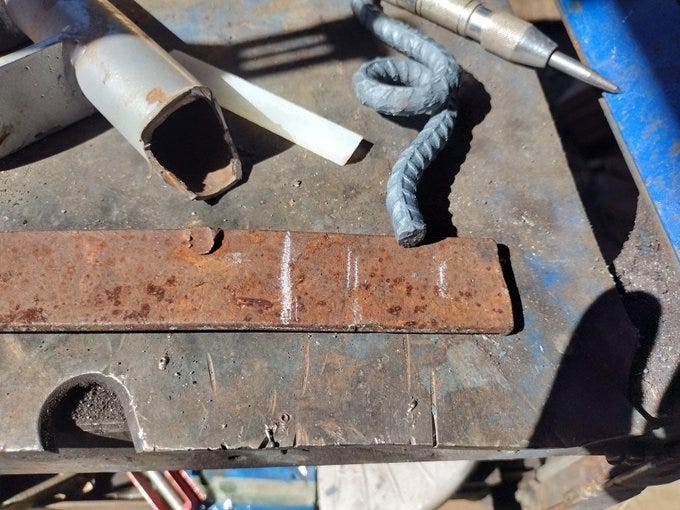

I started by throwing the rebar into the forge and tinkering with it until I got a prototype for the ring-component of the tie point that I liked. Once I got it, I made a bunch of them which looked like this:
I wanted both an eye through which I could stick hooks for ratchet straps, and a horn around which I could wrap ropes or straps. Bonus points for ends over which I could slip chain links. This would give me maximum versatility in how I tie down a load, and also let me use multiple cords on a single tie point without much problem.
Once I forged out eight of them, it was time to build the mounts. I cut the flat bar up into short pieces and cleaned them up with a wire brush, then punched a couple holes in them through which I’d bolt them to the metal of the truck bed.
With that done, I fit-up everything on my welding table (another scrap build project which I may tour you through at some point):
Next, it was time to weld. Because these needed to be able to sustain a LOT of lateral and twisting stress, I ran the welder quite hot so that everything would be well-and-truly melted-and-glued together. Then I ran a wire wheel over them and gave them a coat of paint.
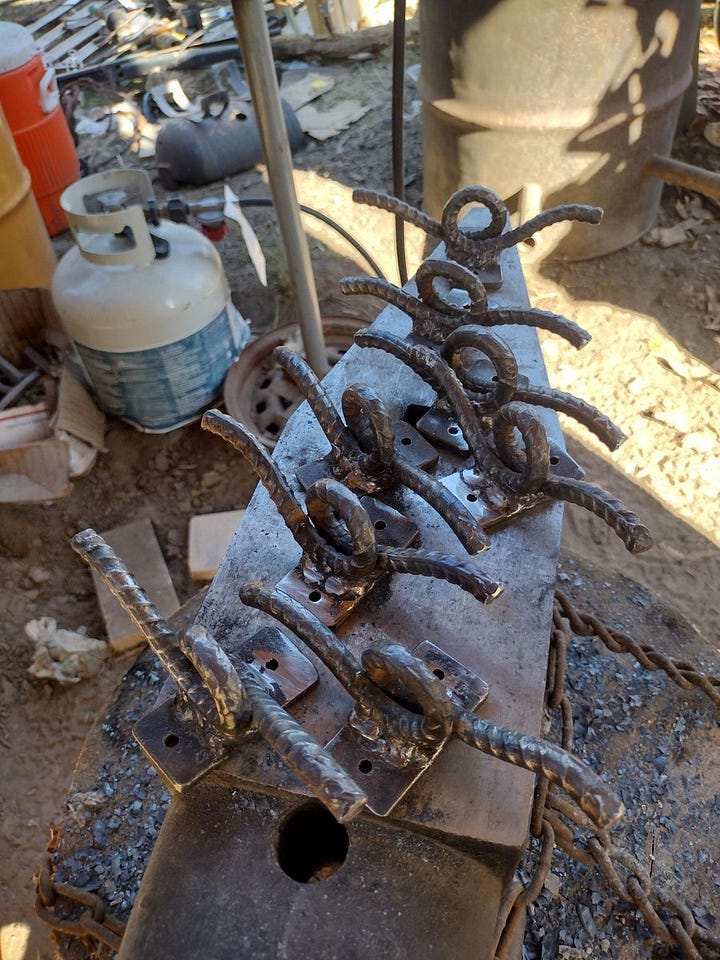
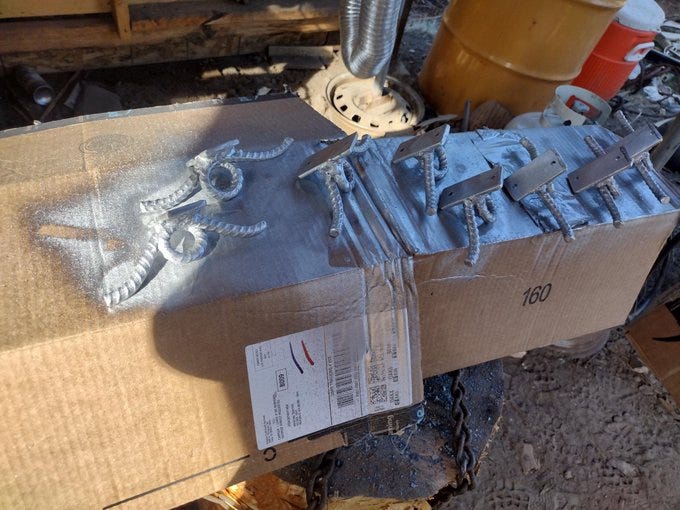
And with that done, there was nothing left for it but to install the things.
I wound up using six of them and keeping a pair in reserve. All in all, I spent about an hour and a half on the project, and about thirty cents on the paint. The cost savings on the tie-points themselves totaled up at about $45 compared to the set I was looking at buying, and they can bear a similar load to that set.
But the fact that I could manufacture them quickly let me snatch up a boatload of surplus roofing metal from a construction site—metal that wound up putting a roof on several small buildings around here and will roof another two before I’ve used it all up. I bought the roofing for $200, when I would have paid $2000 if I bought it retail.
This is how the pioneers built wealth, and it’s a tradition makers carry on today.
The tools I made for a pocketful of change and an hour and a half of work allowed me to seize an opportunity that saved me almost two grand.
Seizing that opportunity gave me material that roofed the chicken coop, which generates food (in the form of eggs and meat) from the chickens eating the ticks in our forest. Roofing one of the shops helped create another wealth-generation center.
And the tie points which let me haul that one load of roofing? They’ve come in handy on dozens of other hauls since then, and they will continue to deliver value for years or decades to come (depending on how well I care for the truck).
An hour and a half of work, using tools that cost me about a hundred thirty bucks, and skills that are relatively new, and I will reap the benefits from that afternoon as long as I live. And my heirs will also reap the benefits.
It is the way of humans to plant trees for their descendants.
Americans (and other trading peoples) put the extra spin on it: We plant trees that we will enjoy while they generate more trees for our descendants to enjoy.
The tie points I made out of scrap metal in the forge have already created a legacy that will outlive me. As a maker, I do this all the time. And making provides me more elbow room for writing my books (and this column), because in building wealth, you free up time—and by building wealth with your hands, you also maintain your health as a free bonus, which buys you more time and life for the things you truly value.
Until next time…Happy Fourth!
If you enjoyed this post, you may also want to check out my Unfolding the World series, a history of the current geopolitical storm rocking our world, its roots, and its possible outcomes.
When not haunting your Substack client, I write novels, literary studies, and how-to books. You can find everything currently in print here, and if you’re feeling adventurous click here to find a ridiculous number of fiction and nonfiction podcasts for which I will eventually have to accept responsibility.
This is a big part of how I make my living. If you’re finding these articles valuable, please kick some cash into the offering plate!
I have since been educated out of my prejudiced city-boy ways by the school of hard knocks and good neighbors.
Most cargo vans are also still built this way, as are the Suburban class of SUVs and the Jeep Wrangler.

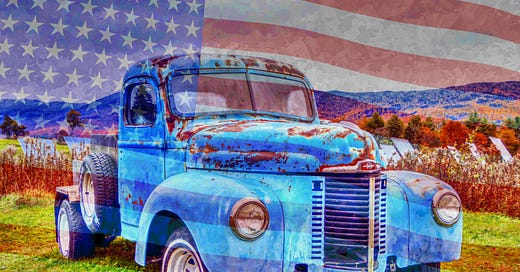


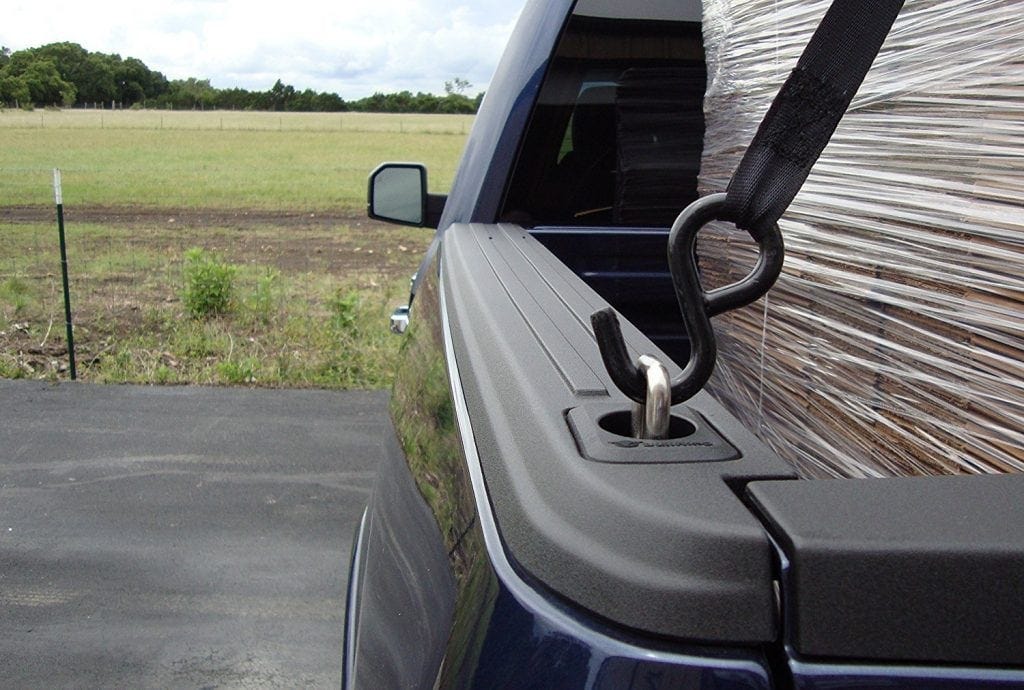

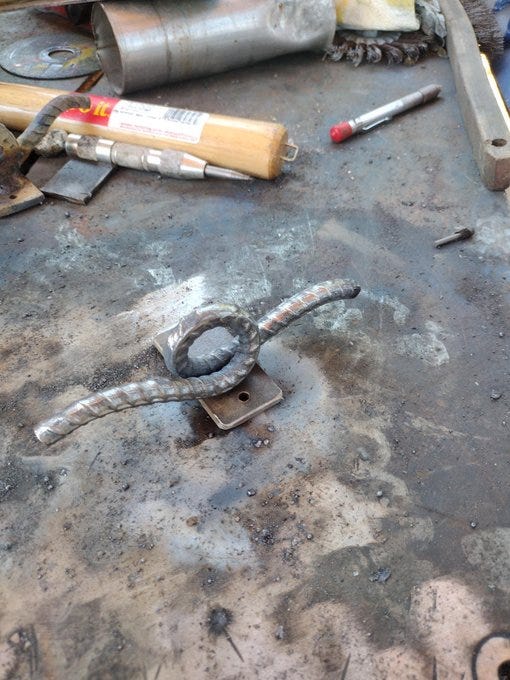

Can't love this enough! I was raised by a "farm boy" and married a "farm boy." You can't beat the work ethic, ingenuity ("survival smarts") of someone raised on a working farm. Looks like you're doing a great job catching up. Nice job.
Not a farm girl, nor raised by a farmer, but every once in a while, being an older woman with no man around, I have to do manly stuff by myself. This morning for example, I needed to move a heavy glass-topped table on a solid brass base. Guessing the entire thing weighed at minimum, 75-85 lbs and it was bulky. The removable glass top, 4'X3' and about 1/4" thick probably weighed 65 lbs and the base 25 lbs at minimum, maybe more. I couldn't carry it. I'm 5'2" and not muscular. It's the 4th. Everyone near me is away for the holiday.
I needed to move this table out of the room, and put it somewhere out of sight. I had some heavy duty plastic drop clothes which I used a little like a sled by carefully moving the glass top toward the end, and tilting it onto one of the plastic sheets, folded several times to make it thicker. I was able to push and pull the glass some ways before it began to get closer to the end of the front edge of the plastic. I put the other plastic piece under the table, using a pancake spatula to lever it up off the floor so I could grip and lift it enough to get the plastic underneath it. Then I used a floor mop with a flat rectangle piece about 8" X 4" with a terry cloth pad velcroed onto it, to push the glass into the bedroom next to the living room where the table had been. Much grunting ensued, but I was able to get the glass top pushed under the bed and out of sight. Mission accomplished! I always get a bit of a thrill when I manage something by myself, mostly 'cause I'm too impatient to wait for help, and have an attitude of "where there's a will there's a way". Makers. The world needs 'em!